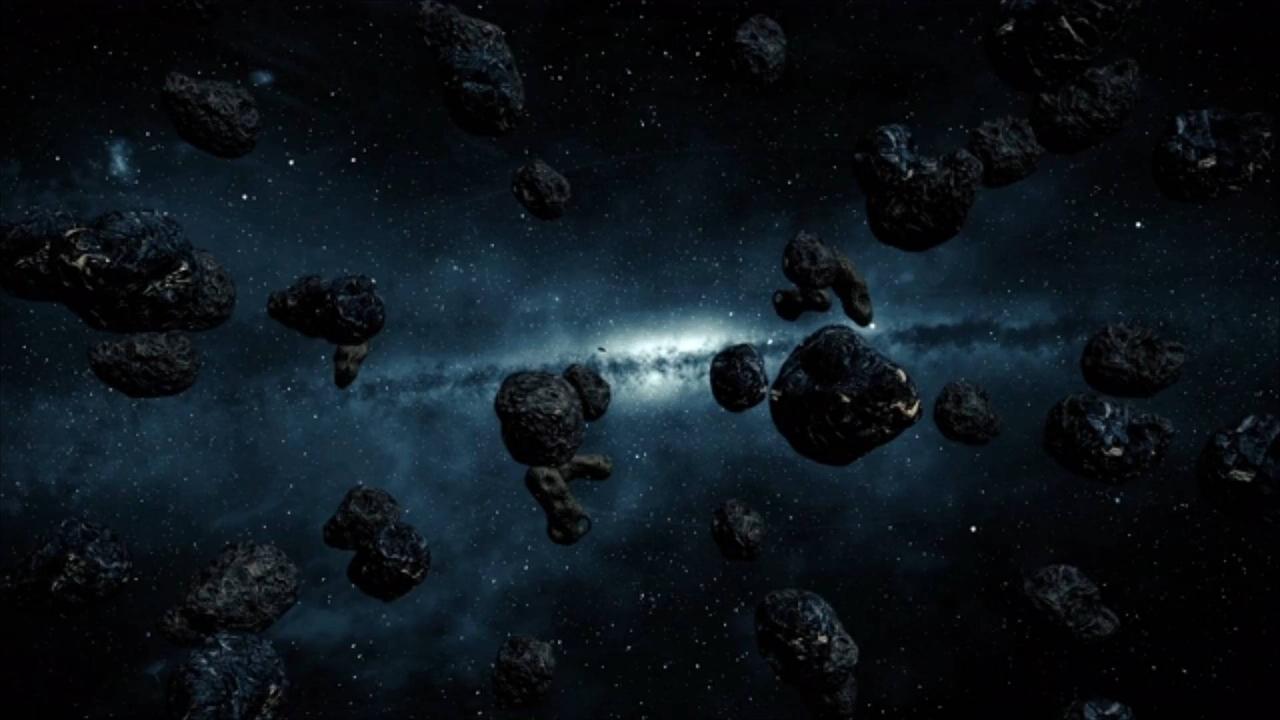
New Study Provides More Evidence, That Life Was Brought to Earth, via Meteorites.
A new study of several carbon-rich meteorites has contributed to the theory that the building blocks of life arrived on Earth from space.
.
ScienceAlert reports that the study was led by scientists from Hokkaido University in Japan.
.
Three different meteorites were the focus of the study:.
The 1969 Murchison meteorite recovered from Australia.
The 1950 Murray meteorite which landed in Kentucky.
And the Tagish Lake meteorite which was recovered in British Columbia in 2000.
The team detected organic compounds that form the very backbone of the nucleic acid molecules found in all life on the planet, DNA and RNA.
.
Researchers suggest that approximately 4 to 3.8 billion years ago a diverse range of these building blocks could have been delivered to our planet via similar meteorite strikes.
ScienceAlert reports that this theory will be further investigated once sample missions to asteroids Ryugu and Bennu provide more extraterrestrial material to examine.
ScienceAlert reports that this theory will be further investigated once sample missions to asteroids Ryugu and Bennu provide more extraterrestrial material to examine.
These samples will give scientists an even better chance of determining whether these molecules could have been brought to Earth by meteorites.
.
The team's results were published in 'Nature Communications.'
